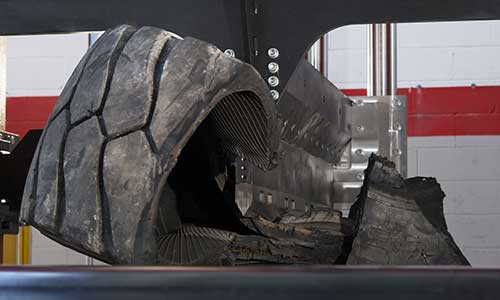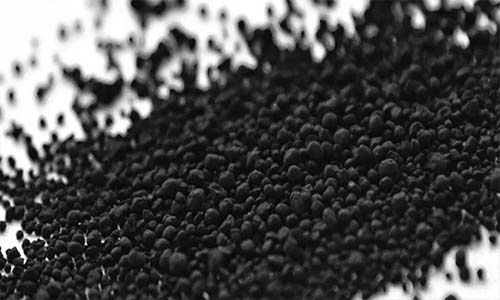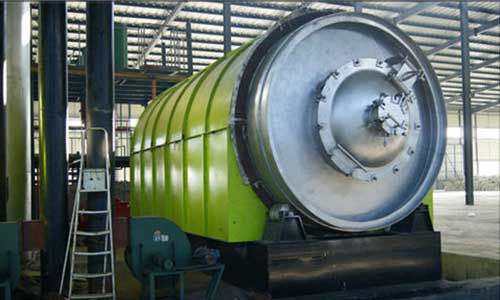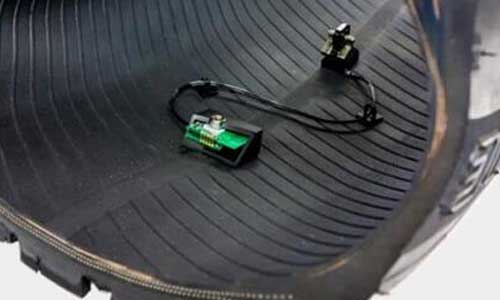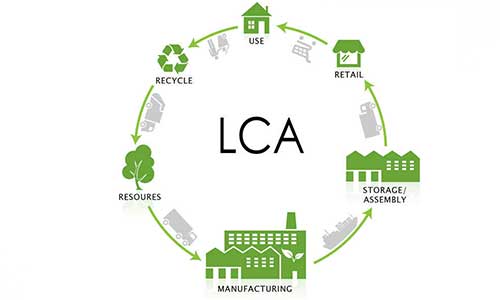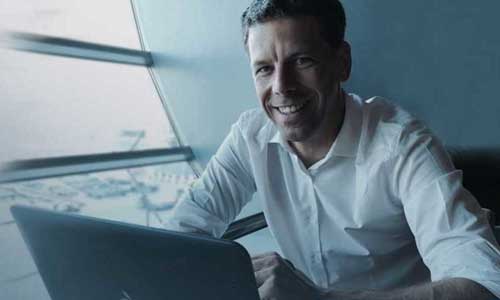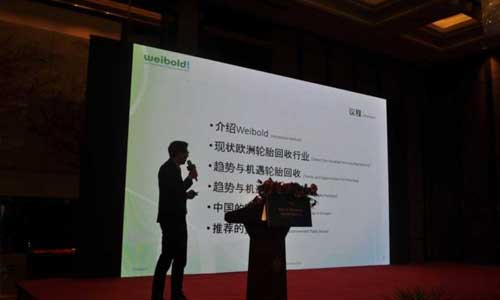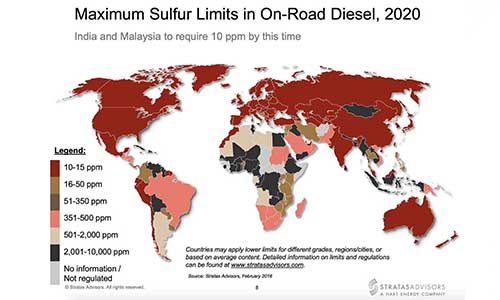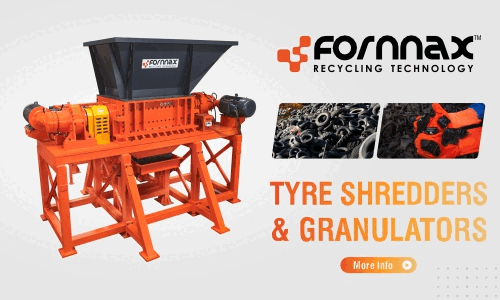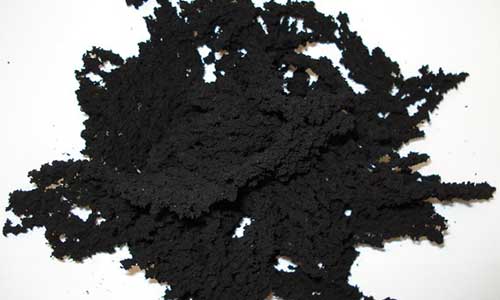
Weibold Academy: Introduction to end-of-life rubber devulcanization
Devulcanization is a method of potentially “upgrading” end-of-life tire rubber. Devulcanized rubber is a higher valued form of end-of-life rubber, since devulcanized material can be partly revulcanized and partially replace virgin rubber in specific compounds and applications, including tires. Currently, only a small number of devulcanization systems are operating on industrial scale. These are primarily small-capacity systems, which are devulcanizing rubber production rejects (NR, SBR, NBR, EPDM, Butyl, etc.) or rubber recovered from waste tires. There are different types of devulcanization technologies on the market; among them are: are chemical, purely mechanical, machinal with supercritical CO2, chemical/mechanical, microwave, ultrasonic and organic



